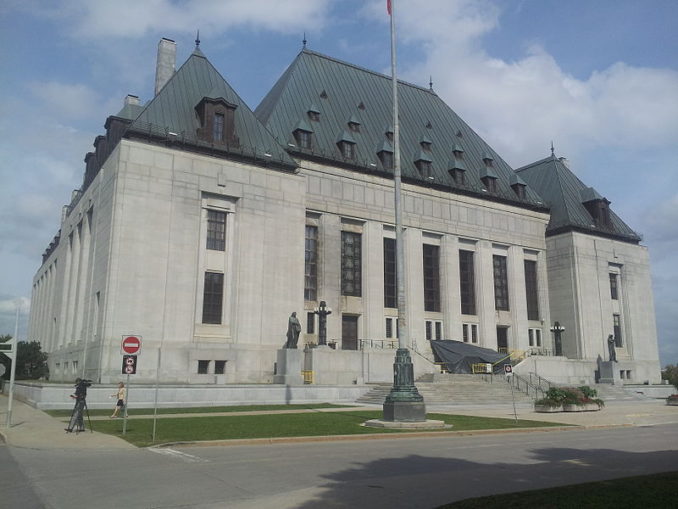
Lost in the discussion of Ontario Premier Doug Ford invoking the notwithstanding clause to push through passage of Bill 5 is the fact that judges have their own notwithstanding clause.
And they use it all the time.
The reaction to Ford’s decision is over the top to say the least.
People that should know better are losing their minds. Bob Rae called Ford’s actions “a direct assault on freedom and the rule of law.”
Toronto City Councillor Joe Cressy, who had previously praised actual dictator Fidel Castro, compared Ford to a dictator for invoking Section 33 of the Charter.
And opposition leader Andrea Horwath declared that Ford was “trampling people’s rights.”
Set aside the weakness of the ruling, which you can read about here, here and here, the idea that using part of the constitution to reverse a court judgement is against the rule of law is ridiculous.
It is part of the law, part of the highest law, the constitution!
Calling Ford a dictator is beyond ridiculous.
Judges use their own notwithstanding clause.
As for trampling on rights, will I hear Horwath, Cressy, Rae and others denounce the courts the next time they use Section 1.
For all the talk of Ford trampling rights, I simply don’t hear any complaints, and never have, of judges using Section 1 of the Charter of Rights and Freedoms.
I know all the journalists and pundits squawking about Ford know all about Section 1, they’ve covered in the past.
It’s also right at the top of the Charter, it reads:
“The Canadian Charter of Rights and Freedoms guarantees the rights and freedoms set out in it subject only to such reasonable limits prescribed by law as can be demonstrably justified in a free and democratic society.”
Courts find on a regular basis that the Charter rights of Canadians have been violated by laws, regulations or the actions of government.
And often those same courts set aside the Charter violations and find them justified. Meaning, sorry your Charter rights were violated but the government had a good reason.
This is what amounts to a notwithstanding clause for the courts.
Is there a real test?
Supporters of the courts and opponents of Ford will now be saying, “But what about the Oakes test!”
In order to find that the rights violation is justified the judges ruling on a case must apply the Oakes test, a set of principles laid out in a 1986 Supreme Court judgement.
This test requires that infringing the rights must have a pressing and substantial objective and it must be proportional.
That still means the Oakes test is still rather subjective.
Judges ask the questions in the Oakes test and then present their reasons on one side or the other. They make up their own reasons and I have seen some well reasoned arguments and some pitiful.
Regardless of the reasoning though, rights are being violated and the court is upholding that.
Where are all the people freaking about this trampling of rights by judges?
Not a peep.
Yet there is a very good chance that somewhere in Canada yesterday more than one judge upheld the violation of Charter rights by invoking Section 1.
There is a good chance it will happen again today.
If you aren’t going to complain about appointed judges being able to do this then don’t complain about an elected politician doing it.
When a politician, more correctly a body of elected legislators, invokes the notwithstanding clause there is a time limit. It will expire after five years.
In the meantime voters will also get their say, the politicians can be voted out if the public is outraged by using the clause.
When a judge does it, you might get to appeal.
Maybe.
And even if you go all the way to the Supreme Court, that body has shown they are quite favourable to using Section 1.
The hypocrisy of those screaming about Ford and the notwithstanding clause is on full view.
Listen to them accordingly.

